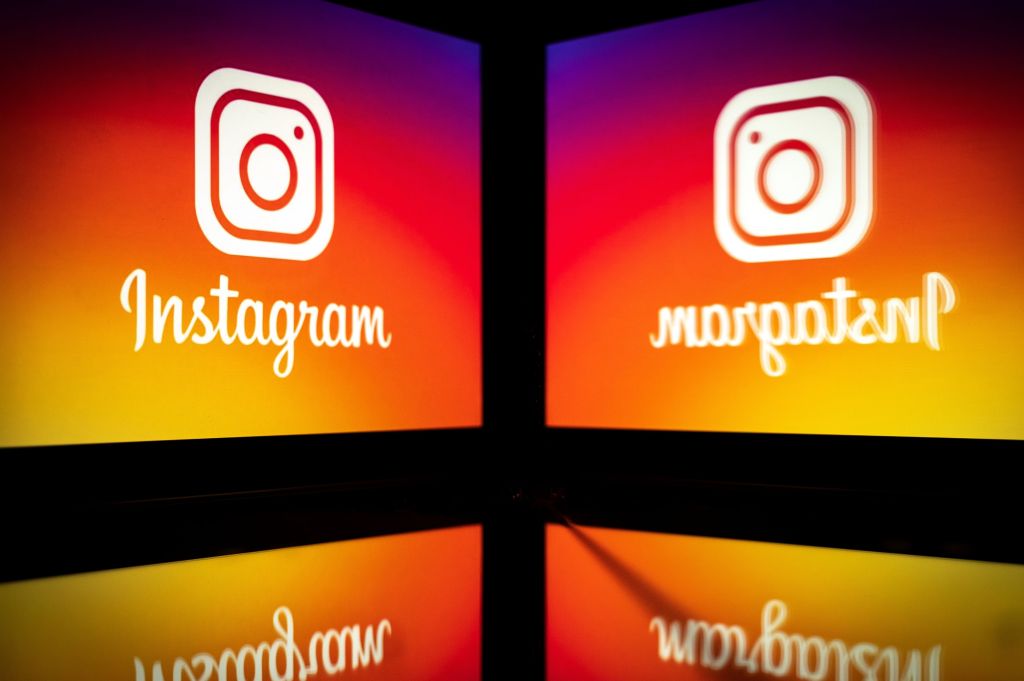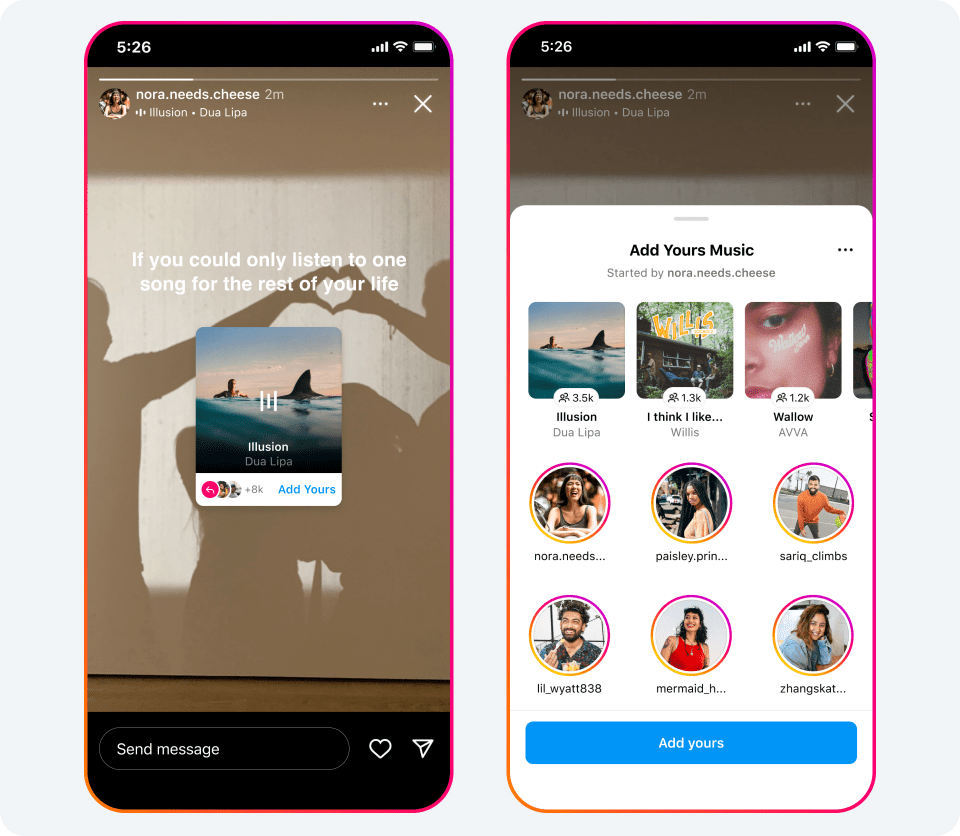
Instagram is adding a handful of new features for Stories to give users more creative ways to share content and engage with each other, the company announced on Friday. Most notably, the social network is introducing a new “Reveal” feature that lets you post a hidden Story for your followers to uncover by sending you a DM. Instagram is also launching other features that let you share your favorite songs and highlight memories via Stories.
To access the new Reveal feature you have to tap the stickers icon when creating a Story and select the “Reveal” option. From there, you will be prompted to type out a hint about your blurred story. Once you post your Story, your friends will only be able to see your Story content if they send you a DM.

While the feature could be a nice way to start a conversation with a friend, Reveal is especially useful for creators, as it would allow them to get more engagement for their Stories. Instagram notes that you won’t need to approve every DM for your Story to be revealed, so creators won’t have to worry about getting though thousands of DMs.
Instagram is also launching a new “Add Yours Music” sticker for Stories that lets users share a song that fits their mood while encouraging their followers to share a song as well. The feature builds on Instagram’s “Add yours” sticker that allows users to respond to other users’ Stories with their own following a prompt or a certain topic.

In addition, users are getting access to a new “Frames” feature that turns a photo into a virtual Polaroid that users can view by shaking their phone (if you don’t want to shake your phone, you can click the “Shake to reveal” button). While Stories are traditionally used to share content about what you’re currently doing, this new feature is designed for more of a throwback post.
Once you select an image to feature, the Frames sticker will automatically add the date and timestamp of when the photo was taken. You also can choose to add a caption on the virtual Polaroid.

Another new feature called “Cutouts” will let users turn part of any video or photo in their camera roll into a custom sticker that they can add to a Story or Reel. The feature is similar to Apple’s image cutout tool, which lets you “pick up” an object from a photo or a video with just a press of your finger.
The launch of the new features comes as Instagram announced on Tuesday that it’s introducing a few new changes to its ranking systems to better highlight content from smaller, original creators. As part of the changes, Instagram is replacing reposts with original content in recommendations, adding labels to reposted content and removing content aggregators from recommendations. The announcement followed months of criticism from creators’ who said their reach has been negatively impacted by the algorithm.
Instagram is updating its algorithm to surface more content from smaller, original creators
